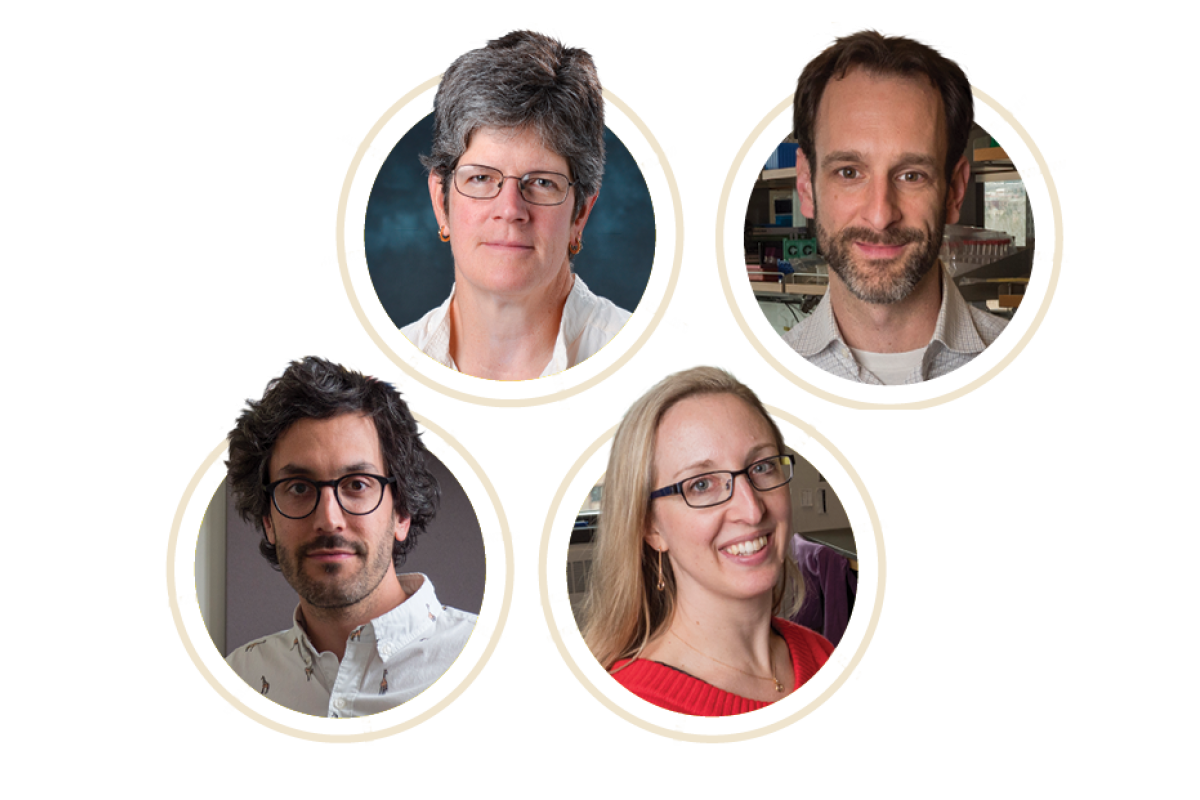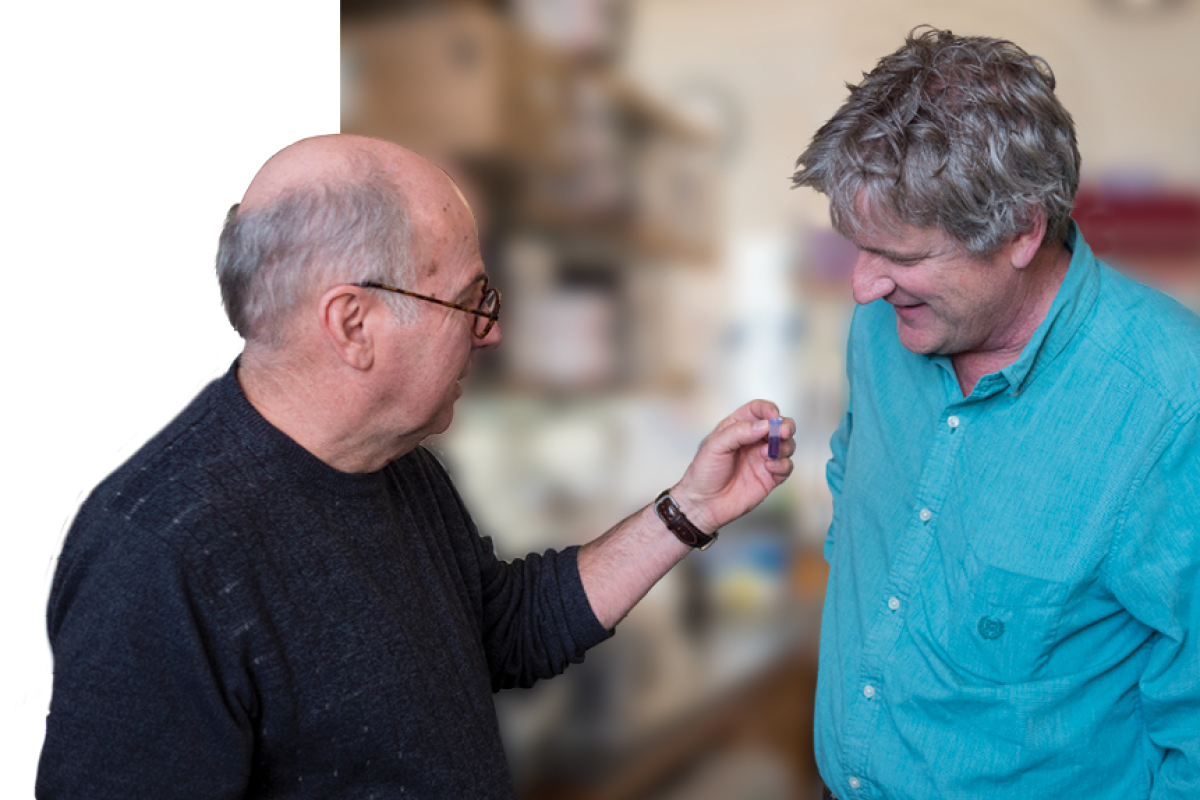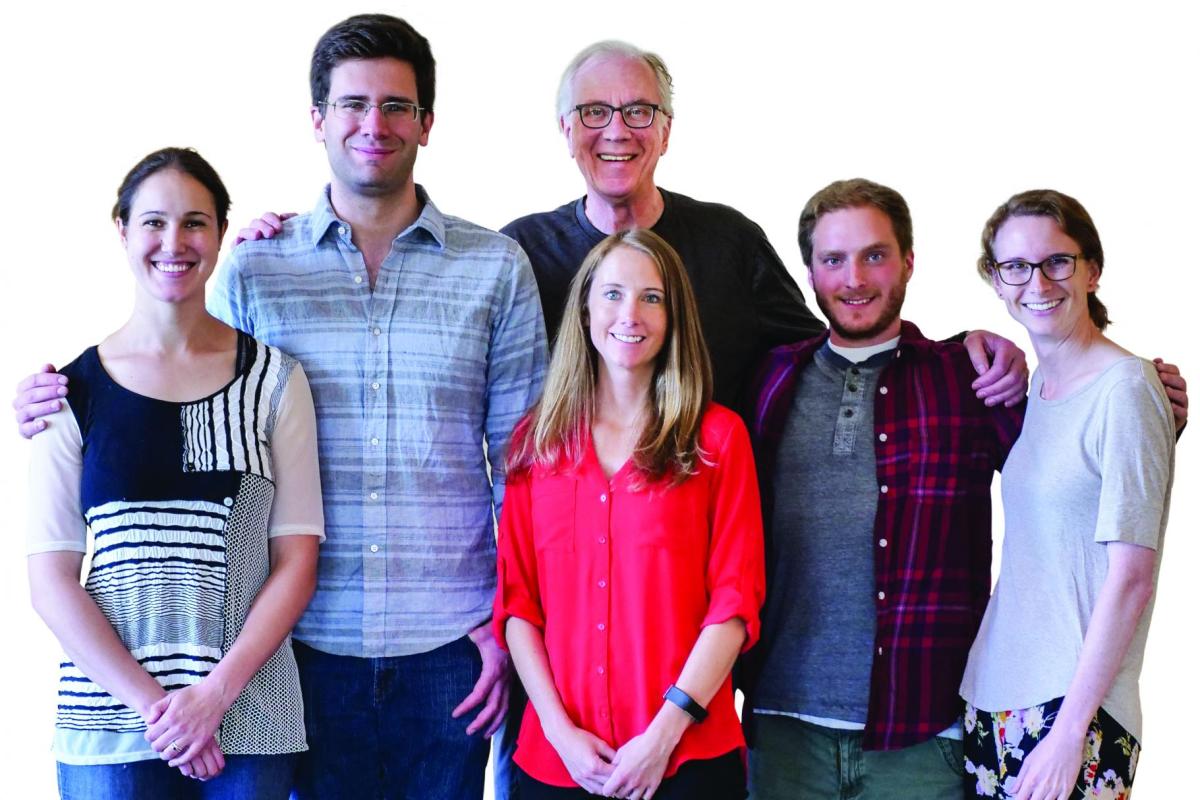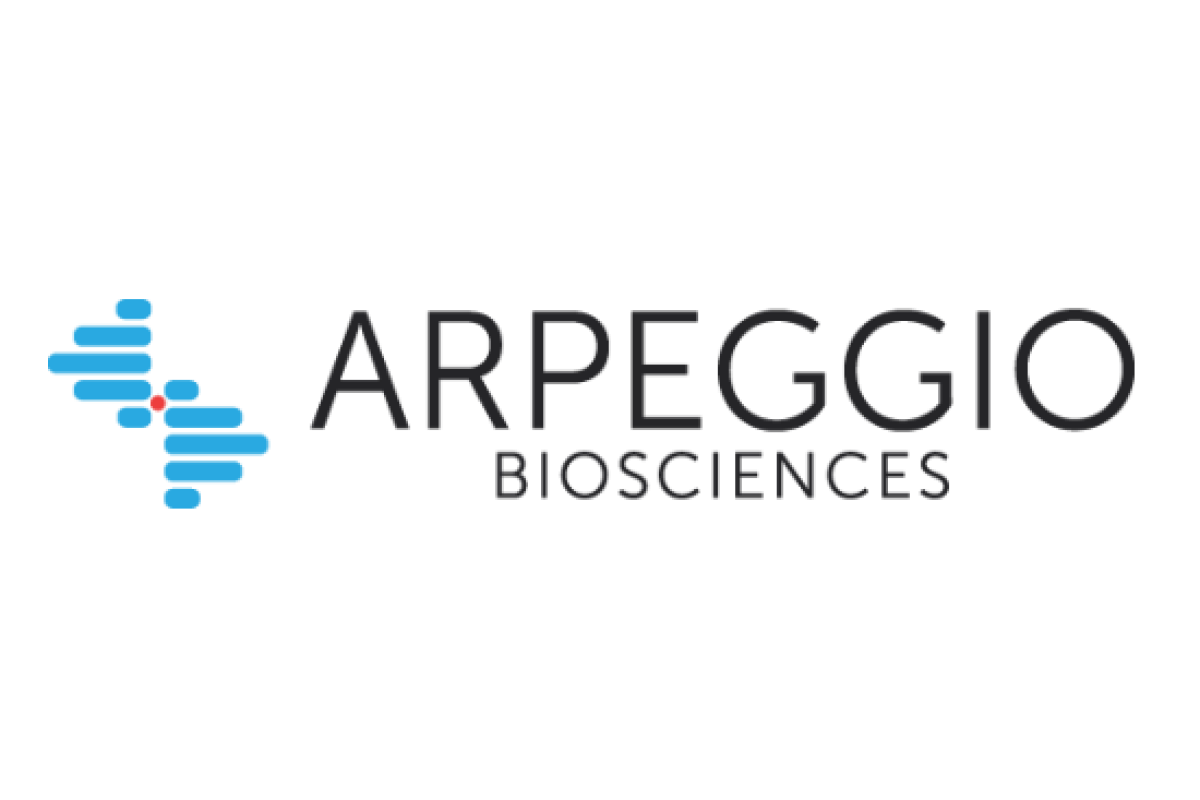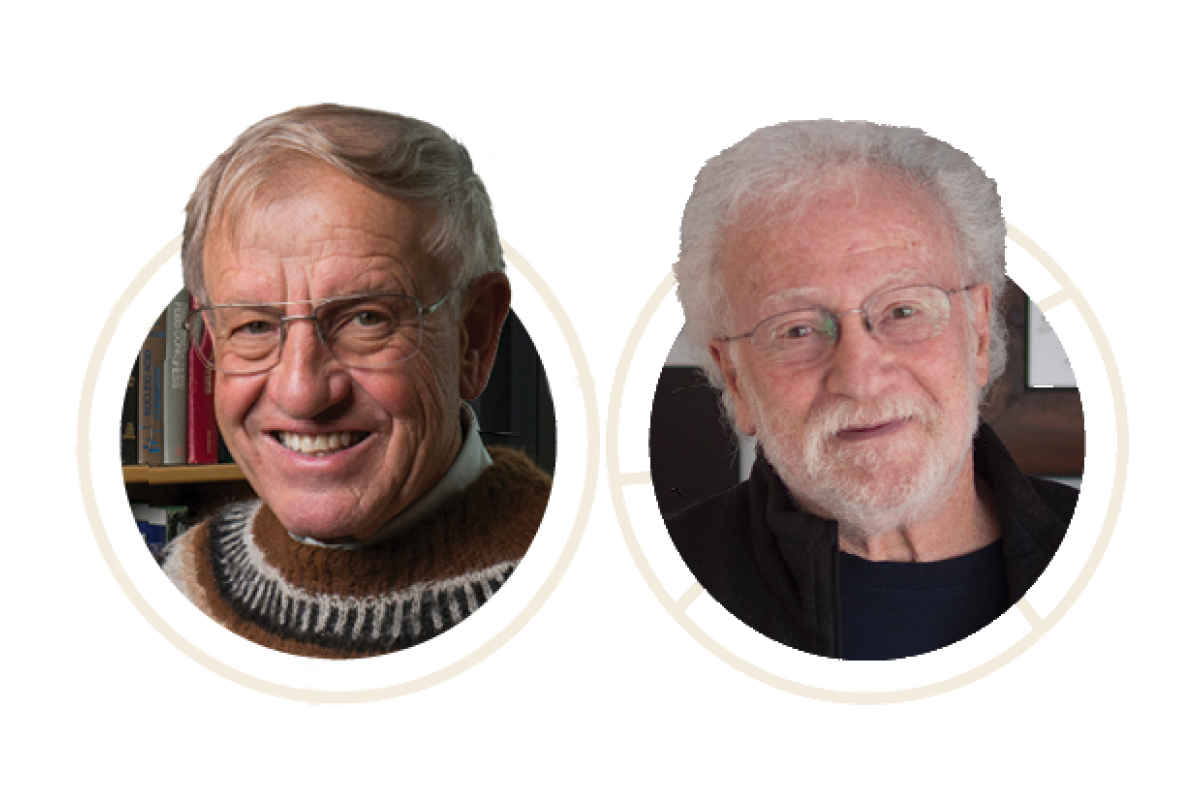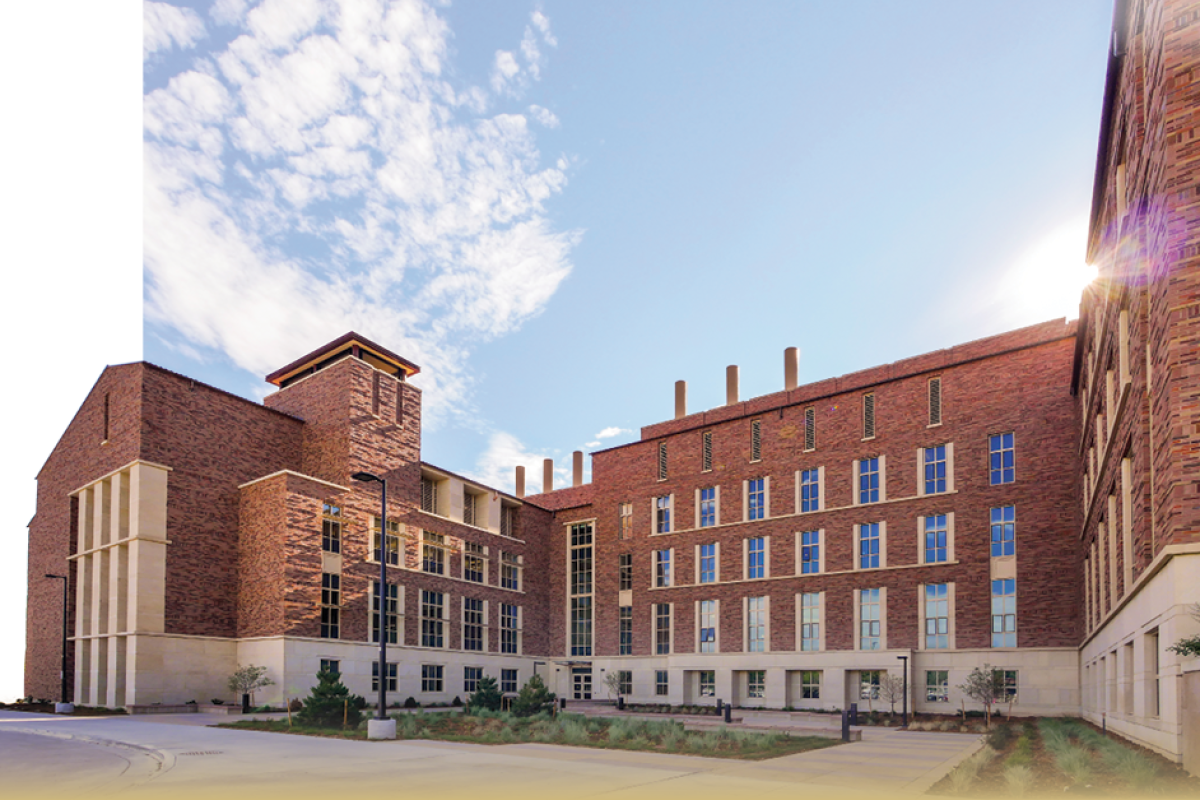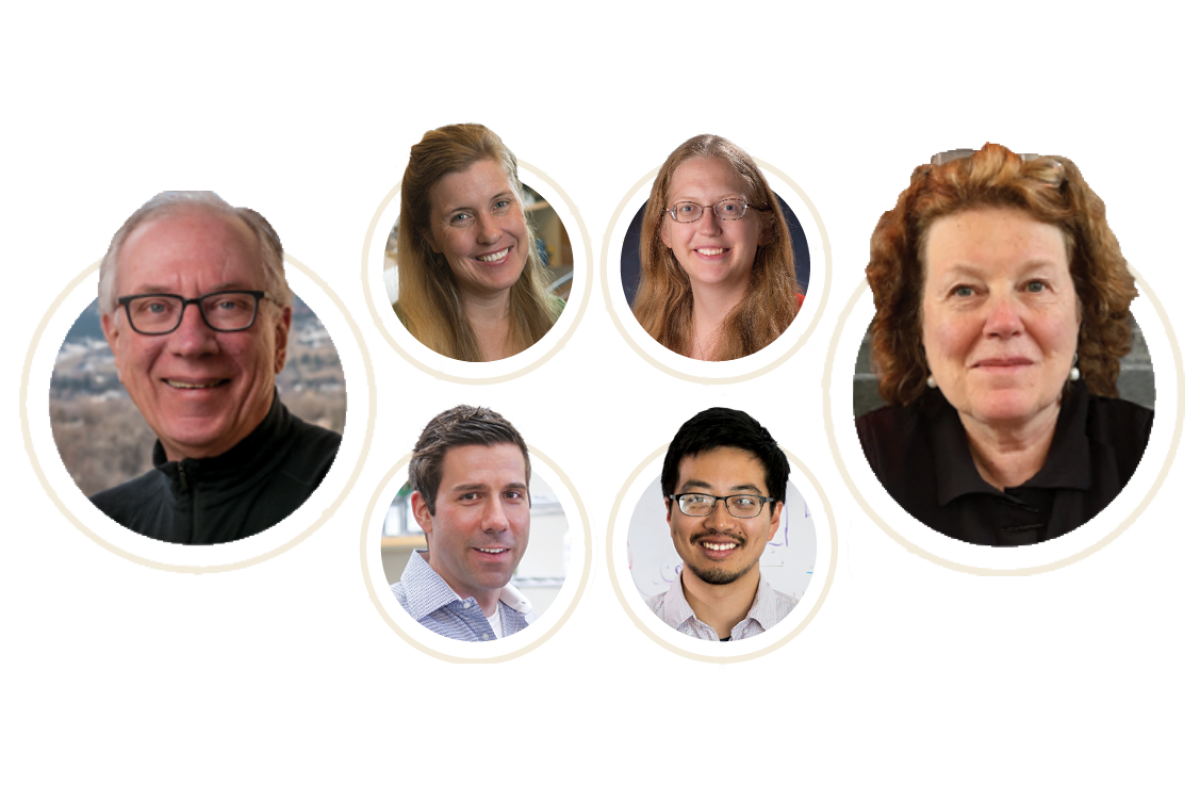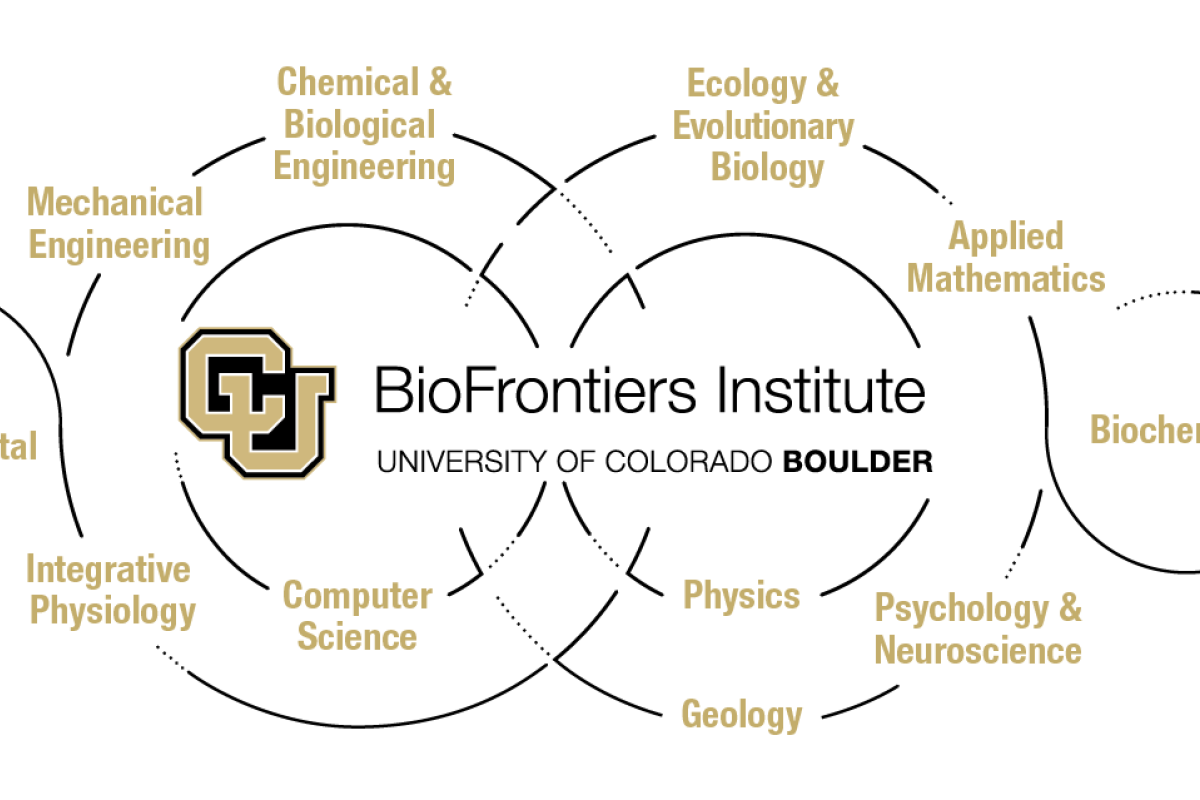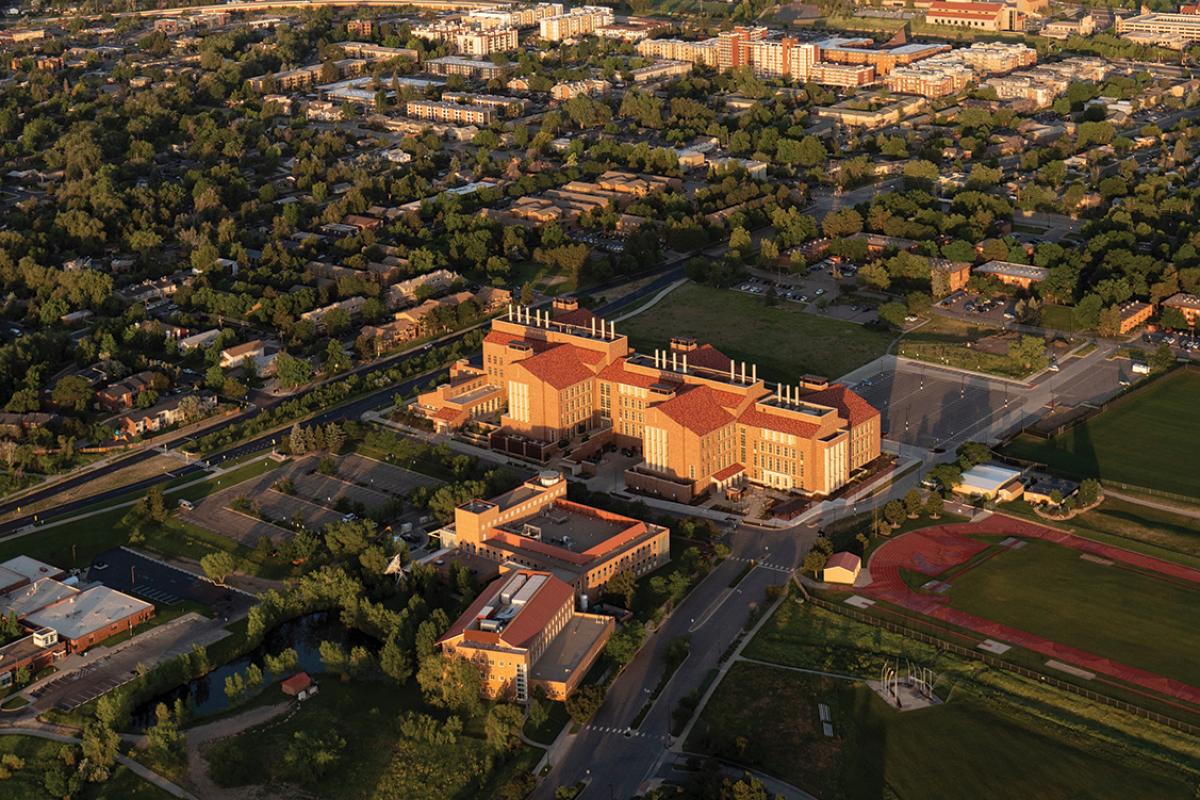Impact Report
Integrating Research Across Campus
Our community of cross-disciplinary scientists and engineers in 10 affiliated departments are empowered to tackle critical challenges in bioscience through collaborations across academia and industry. Here, the dissolution of boundaries and resultant sharing of knowledge accelerates discovery and innovation.
The Jennie Smoly Caruthers Biotechnology Building, home of the BioFrontiers Institute: Completed in 2012 and expanded in 2017, the 405,000 square foot Jennie Smoly Caruthers Biotechnology Building was designed to facilitate collaborations between scientists and students from multiple disciplines as they address critical challenges in the biosciences. Generous donors contributed $62 million toward the $206 million cost of the building.
Lead. Innovate. Impact.
Special thanks to the CU Boulder and BioFrontiers Institute team members who contributed to the development of this report: Glenn Asakawa (photographer), Kathy Asta, Cathy Calder (graphic designer), Pat Cavanaugh, Lindsay Diamond, Trent Knoss, Laura Konyha, Dan Larremore, Barbara Monday, Lisa Nanstad, Scott Nordstrom, Kristin Powell, Ashley Rasmussen, Chris Shapard and Shannon Weiman (science writer). August 2018 | HF/CC
Cover Image: Specific disease-inducing mutations can be studied on the molecular and cellular level through a viral expressionsystem. Here, the individual sarcomere bundles of cardiac muscle cells (myocytes) are shown in red. Myocytes expressing the disease-causing protein (shown in green) can be distinguished from those that have not been infected. The nuclei are stained in blue. Esther Choi I Leinwand Lab, BioFrontiers Institute | Nikon A1R Laser Scanning Confocal | BioFrontiers Institute Advanced Light Microscopy Core Facility


